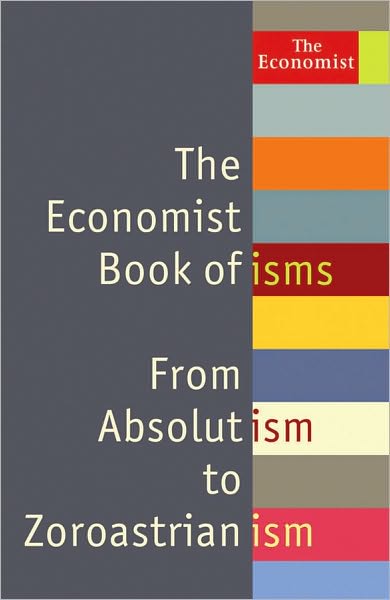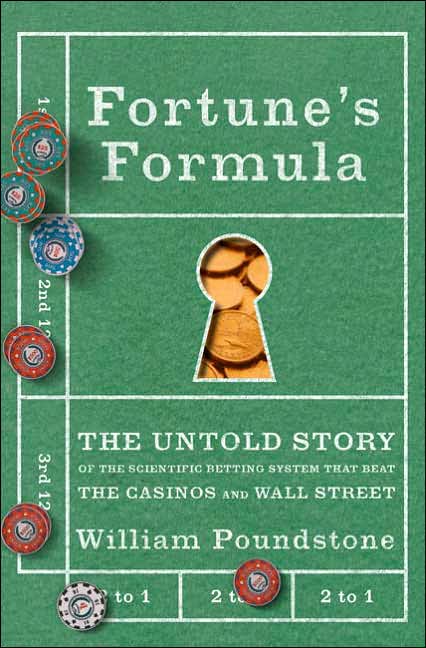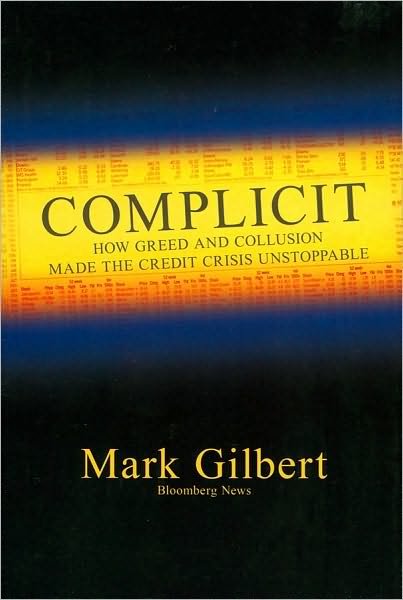Book Review: Outperform
There are some books, when I read them, that strike me wrong at first, but end up being satisfying in the end.? This book was one of those.? What I expected was a book that would give novel insights to individual investors, showing them how they could do better in the markets by imitating endowments.
This book came to the bold conclusion that there wasn’t much that individual investors could learn from endowments.? I appreciate such honesty, even though that will lead to fewer book sales.? Why is this true?
- We all look for simple formulas that can improve our investment returns.
- Endowments have balance sheets that allow them to invest longer-term.? Retail investors have a greater need for short-term liquidity, or, at least have a greater tendency to panic.
- Retail investors are not large enough to invest in sophisticated asset classes.? Alternative investments have higher minimum dollar amounts.
- Most endowments have invested in staff that are capable of analyzing complex investment opportunities.? Here would be my challenge for an average retail investor: hand them a copy of an asset backed securities prospectus, and see if they can make heads or tails out of it.
- Endowments that have large staffs are also capable of analyzing third-party managers, without being slaves to the common theories that dominate the minds of most consultants.
The book begins with a basic explanation of endowments, moves through historical performance of endowments and asset allocation, and then explains the various strategies that endowments use.? After that, it interviews a large number of chief investment officers from public and private universities.? I appreciated the fact they chose lesser-known chief investment officers.? It gave me a better feel for the mindset of the average chief investment officer of university endowments.? Some were very smart, some were not so smart, most were in-between.
After that the book interviewed advisors and managers that would aid the chief investment officers of university endowments.? I felt that this was a weaker part of the book.? I came to that conclusion because they are consultants.? Does that make money in the short run, regardless of what the best results are, tend to be less reliable in their opinions than those that have their necks on the line.
One of the topics that was hot in the book was the question of liquidity.? As I have written about in a number of my blog posts, when the bull market in risk assets was running hot, many endowments and pension funds neglected the value of liquidity.? Some of the chief investment officers were prepared, and some were less prepared.? Regardless, most of them learned their lessons.? It’s similar to what happened after LTCM.? When you see bright investors get skinned as a result of neglecting the value of liquidity, you take notice.? All of a sudden, arbitrage does not seem so easy.? In the same way here, imitating Harvard and Yale is not a road to easy riches.
Another theme in the book as I see it, is that alternative asset classes are not as rewarding as they seem.? Many of them involve leverage.? Many of them are limited in terms of their capacity.? There are large variations in manager quality.? Late imitation is a recipe for disaster, as it is with almost all investment strategies.
This is a very good book, but for the average investor, it will not be useful.? Yes, it is useful to understand that endowment strategies are not useful for retail investors.? But you don’t need to buy a book to know that; you have read that here.
Quibbles
If I had been the authors of the book I would’ve spent more time with the introduction.? That said, they make up for it by having good conclusion.? I also would have eliminated most of the advisors and managers, and instead, interviewed still more chief investment officers.? They have valuable opinions; their necks are on the line for the decisions that they make.
Who would benefit from these books:
This book would be valuable for people who think that there are some great secret about investing, and think that the big guys have all the advantages.? It’s not true.? The big guys have the advantage of having balance sheets.? Retail investors have the advantage of being flexible.? This book is valuable in my opinion for investment professionals that want to get into the mind of the chief investment officers of endowments.
If you want to, you can buy it here: Outperform: Inside the Investment Strategy of Billion Dollar Endowments.
Full disclosure: Without asking, I was mailed a copy of the book.
If you enter Amazon through my site, and you buy anything, I get a small commission.? This is my main source of blog revenue.? I prefer this to a ?tip jar? because I want you to get something you want, rather than merely giving me a tip.? Book reviews take time, particularly with the reading, which most book reviewers don?t do in full, and I typically do. (When I don?t, I mention that I scanned the book.? Also, I never use the data that the PR flacks send out.)
Most people buying at Amazon do not enter via a referring website.? Thus Amazon builds an extra 1-3% into the prices to all buyers to compensate for the commissions given to the minority that come through referring sites.? Whether you buy at Amazon directly or enter via my site, your prices don?t change.


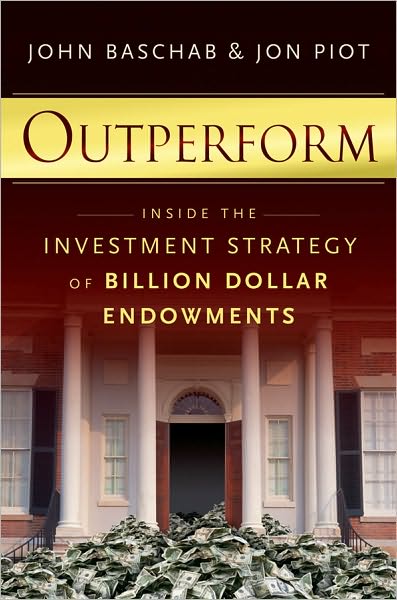
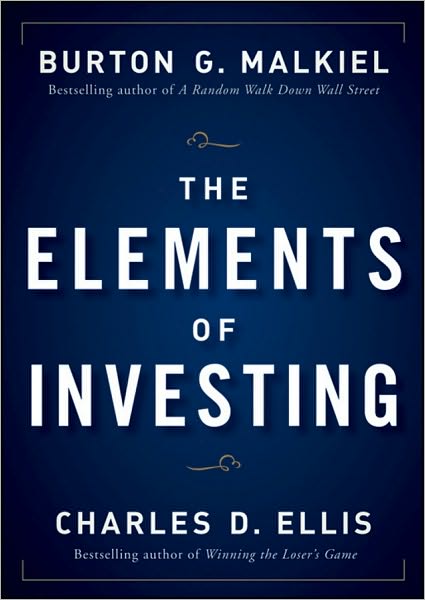
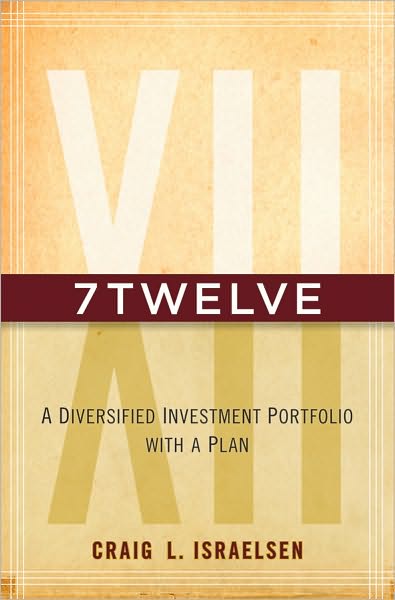
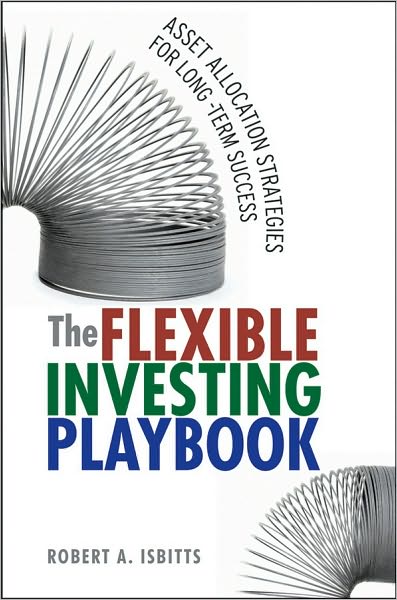
 The Flexible Investment Playbook.? As for 7Twelve, those lacking a sound diversification strategy could benefit.? The strategy is simple enough to implement.
The Flexible Investment Playbook.? As for 7Twelve, those lacking a sound diversification strategy could benefit.? The strategy is simple enough to implement.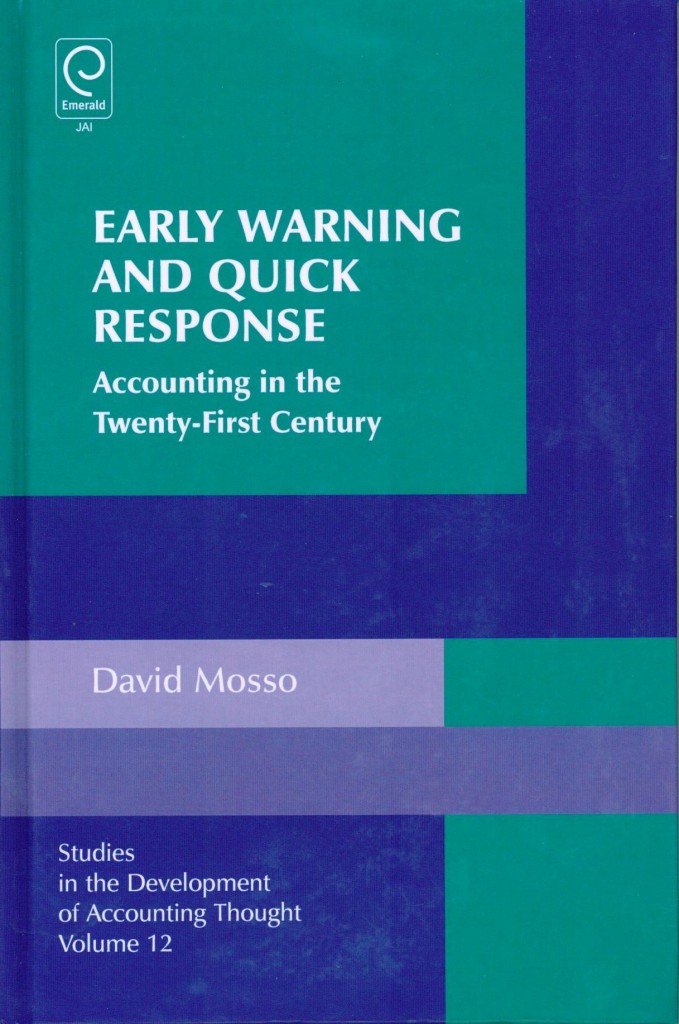
 When life gives you lemons, make lemonade.? Over two dozen people that survived losing a lot of their money in the Madoff Ponzi scheme wrote down their stories.? For one thing, I’m sure it was cathartic to do so.? Something that many regarded as being one of the most dependable parts of their lives ended up proving utterly undependable.
When life gives you lemons, make lemonade.? Over two dozen people that survived losing a lot of their money in the Madoff Ponzi scheme wrote down their stories.? For one thing, I’m sure it was cathartic to do so.? Something that many regarded as being one of the most dependable parts of their lives ended up proving utterly undependable.